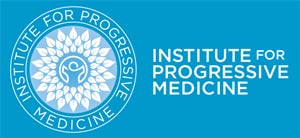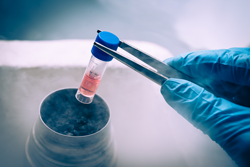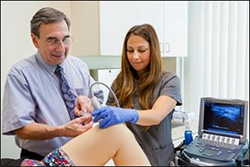Regenerative Cell and Tissue Allograft Therapies Regenerative cell therapy is well established in the treatment of orthopedic disorders. Many studies have documented regrowth of cartilage and reduction of pain in damaged joints, especially knees and hips. Any joint can be treated, including the back, neck, wrists, elbows, shoulders, feet, fingers and toes. Injections can stimulate the rebuilding of torn and degenerated tendons including the Achilles tendon. Partial tears can be reversed and individuals can return to prior activities without the prolonged healing time required after surgery.
The two sources of cells commonly used in regenerative medicine in the United States are autologous stem cells and cells collected from the amniotic tissue layer of the placenta. Autologous cells are collected from fat tissue of the patient, specially processed and reintroduced by injection into another area of the body where they are needed. Placental tissue contains growth factors and other cellular components useful in tissue repair and regeneration. The placenta is an organ that is normally thrown discarded after birth. Human placental tissue used in allograft procedures is collected after a healthy birth via cesarean section, properly processed, tested and preserved.
Ultrasound and Stem Cell Therapy
In our practice autologous regenerative cell therapy is performed as an outpatient procedure, with cell harvesting and injection completed in about two hours. All injections are performed under ultrasound guidance, so we can verify exact needle placement. I believe ultrasound guidance is critical in obtaining optimal results. We like to review prior x-ray or MRI reports when we evaluate patients, then do an exam and perform an ultrasound study. Ultrasound done meticulously can reveal tendon inflammation and tears, fluid collections, bone spurs and other abnormalities. Only ultrasound can provide dynamic evaluations, where we can visualize abnormalities as the patient is moving. We then select the best locations to inject.
Effective Results
Hundreds of thousands of knee and hip replacement surgeries are performed every year in the United States, along with over one million arthroscopic procedures. Recovery is often prolonged and painful, particularly after shoulder and knee procedures. Sometimes the surgery is ineffective and may even make the patient worse, especially back surgery. Regenerative cell injections may resolve pain, restore function, and eliminate the need for surgery.
When pain persists even after surgery, injections into ligaments and tendons around the joint may be effective. In my opinion regenerative cell therapy should be considered before opting for surgery, certainly in older patients with coexisting medical problems. Even “bone on bone” situations as they are commonly described may respond, as it is usually not the case that the joint is actually “bone on bone” and cartilage and connective tissue is present to be regenerated. It is wonderful to eliminate pain that may have been present for months or years, and to recover function and be able to move again, to walk, dance or drive a car.
-Allan Sosin MD


